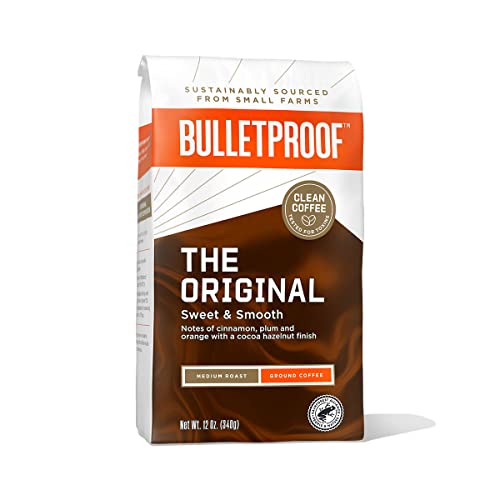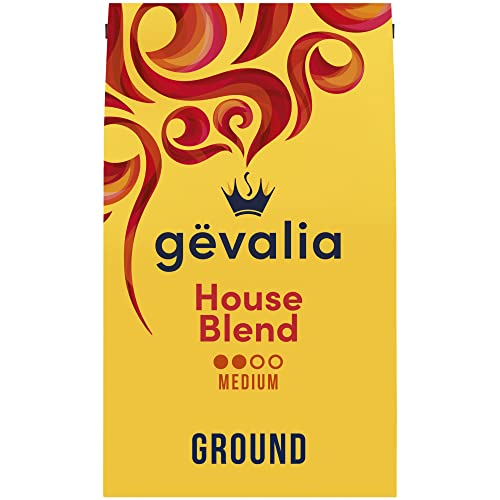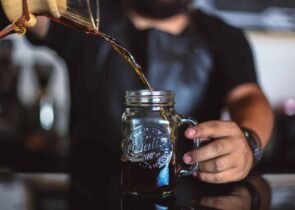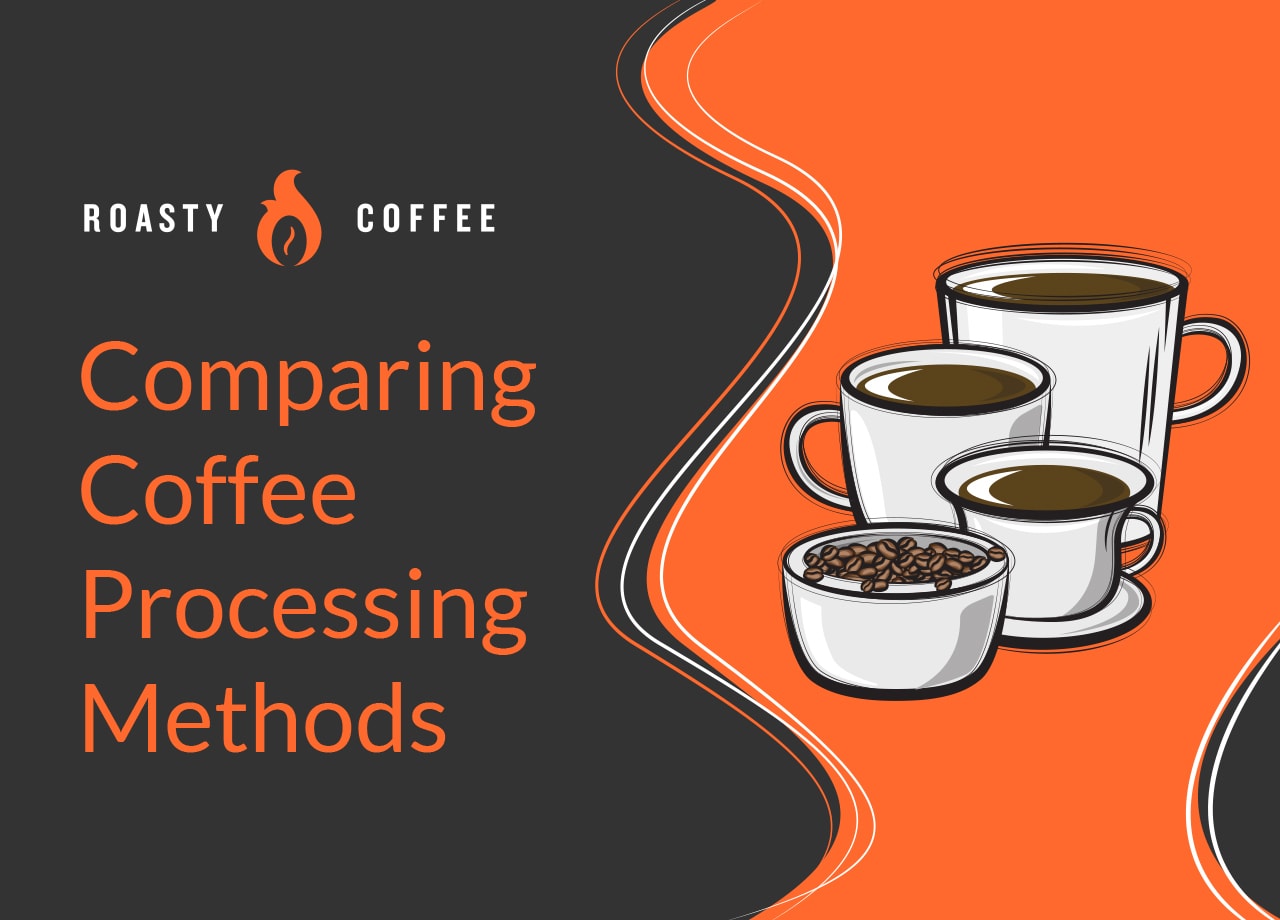
Whether it’s a bag of grounds from the store or fresh from your favorite shop, the coffee you drink comes a long way before it hits your cup.
When farmers are harvesting the coffee, it can go through several different processing methods. The top two methods of preparation are “washed” and “unwashed.” There’s also a third, lesser used process called “semi-washed.”
Keep reading to find out more about these different methods, and why they matter to you and your brew. Each of these methods brings its own strengths and weaknesses to the table and can greatly impact the flavor of your coffee long before it reaches your French press or drip coffee maker.
To Bean or Not to Bean?
First, it’s important to understand what the coffee bean is and how it is prepared. And here’s the kicker–coffee isn’t actually a bean. It’s a fruit.
The “Bean” Breakdown
Coffee resembles a cherry-like fruit that is usually a red or yellow on the outside. On the inside are two seeds (which are the actual “beans”) that are surrounded by a soft layer of mucilage and a thin skin known as parchment. Once the “cherry” is harvested, the seeds must be separated from the cherry without losing the aroma that is contained within the mucilage.
However, this is easier said than done. Over time, different ways of achieving this extraction have developed to best separate the inner seeds from the fruit. This is where the different processes come into play.
Methods of Processing Coffee
Knowing a little bit about these processes can help you understand the variations between coffee flavor and quality. It can also help you predict, compare, and critique how some coffee could or should taste.
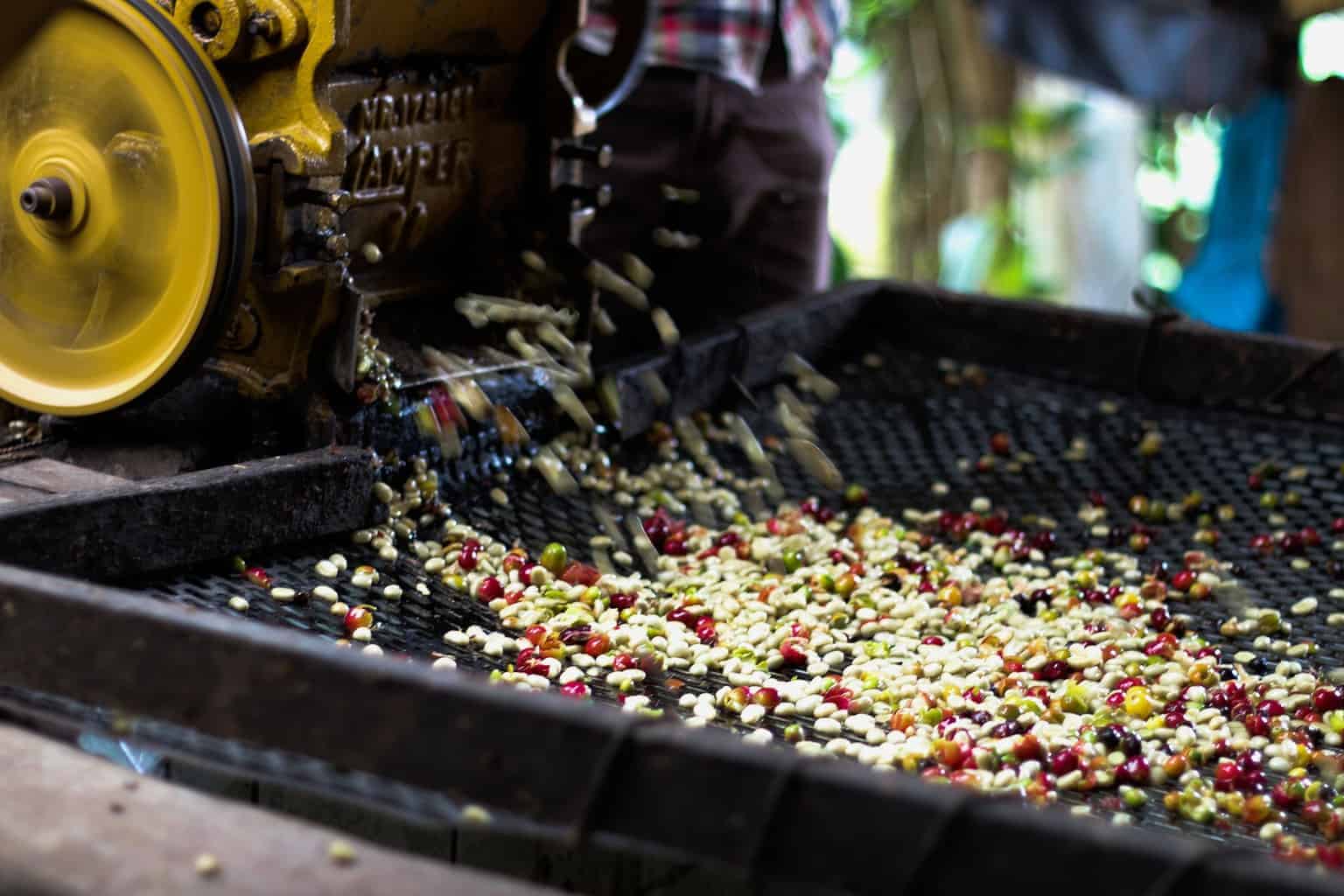
Washed Coffee
Also known as the “wet process,” the coffee cherry is pulped by a machine, removing the red or yellow outer skin of the cherry. Once this is done, the seeds with their mucilage (the gummy, pasty, substance that surrounds the seeds and gives coffee its sweet flavor) are then fermented in water for 1-2 days, or sometimes longer.
Fermentation releases the sugars and amino acids within the mucilage layer. This is what creates the delicious flavor of the coffee. How long the fermentation process is affects how much the mucilage layer breaks down and how strong the flavor of the coffee can be.
Of all the coffee processing methods, the washing method is the most common and often produces the highest quality coffee. However, it requires a lot of skill and water in order to perform correctly. Some of the world’s finest (and often most expensive) coffees are created through this process.
Unwashed Coffee
Known as “natural coffee processing” or the “dry process,” this is the oldest preparation method, and has been in use for hundreds of years. Farmers then place coffee cherries on a flat surface where they are then washed dried in the sun. This process normally takes about 2-6 weeks, and the beans are raked and rotated so that they roast evenly.
Once the seeds have dried, they are then removed from the cherry. The removal of the seeds is the most difficult step in this method because it’s difficult to perform and control. However, coffee producers around the world use this method more often because this strategy is slightly easier than the washing method.
This method is most popular in locations with low humidity, low rainfall, or an undependable access to water.
Semi-Washed Coffee
The semi-washed method is exactly what it sounds like. This is a more modern, hybrid method, combining aspects of both the washed and unwashed methods. First, machines remove the outer skins and the beans are exposed to dry in the sun. Once the drying process is complete, farmers store the seeds for about 24 hours and then dry them.
Washed Coffee Brands
The most popular method of processing coffee out there, there are many brands on the market that wash their coffee before roasting. Here’s a few of our favorites.
Bulletproof Original Medium Roast Coffee
Just one of the many brands using the washed processing method, Bulletproof’s sweet and smooth blend is full of flavor that is highlighted through the washed method. Selecting the best beans, the company thoroughly washes and dries them. They also test each batch for toxins before the roasting process begins.
Starbucks Organic French Dark Roast Coffee
With undertones of smoky flavor and a lighter body, Starbucks Organic French Dark Roast uses the washed method of coffee to bring out the deep, robust flavors in the beans. It’s light in acidity and smooth to sip on, and also isn’t overly powerful in flavor.
Equator Coffees & Teas Equator Blend
This blend by Equator has notes of cedar, apricot, and nutmeg. Coming from nutrient-rich, abundant climates all along the equator, this blend is packed with bold, savory flavor that’ll leave you craving more. Equator uses the washed processing method to better harvest the oils and flavors in the coffee cherries before they are roasted.
Semi-Washed Coffee Brands
Since the semi-washed method is a relatively new on the coffee processing scene, there’s a smaller number of brands who produce this kind of coffee. We’ve collected a handful of some of the most dedicated companies who utilize this method.
Peet’s Major Dickason’s Dark Roast Coffee
Taking extra time to sift through the ripest coffee cherries and accurately roasting each batch as close to perfection as possible, Peet’s Major Dickason is one of the most popular blends sold by the brand. Taking time to partially wash and thoroughly dry every batch, Peet’s is dedicated to producing authentic, vibrant flavor in every cup.
Bulletproof Coffee: The Mentalist Medium-Dark Roast
Coffee farmers use the semi-washed process to create this delicious blend from Bulletproof coffee. With notes of cherry sweetness, caramel, and almond, The Mentalist is full-bodied and rich in taste. This blend is meant to add some pep in your step, giving you a hearty burst of caffeine to get you through the day.
Fresh Roasted Coffee Sumatra Decaf Organic Roast
This one’s for both the decaf and organic coffee lovers out there. Made with the semi-washed process, don’t let this Sumatra Decaf Organic Roast fool you. Though it’s fresh, simple, and easy on the stomach, it’s full of body and potent in flavor as well.
Dry Coffee Brands
Probably the trickiest and most labor-intensive process, farmers will often use the dry or “unwashed coffee” processing method in areas with no or little rainfall. Here’s some of the most noticable brands that use this traditional method of coffee processing.
Gevalia House Blend Coffee
Using the dry process, Gevalia significantly invests in their bean quality and blend composition. Low in bitterness and rich with notes of sweet caramel and a slight citrus taste on the finish. It’s a medium roast, making it balanced in acidity, flavor, and caffeine content.
Green Mountain Breakfast Blend
A lighter roast, Green Mountain’s Breakfast Blend is also produced with the unwashed processing method. It’s a breakfast blend, meaning it’s higher in acidity and caffeine content, making it a perfect morning go-to. Normally focusing on producing k-cups for Keurig machines, Green Mountain also focuses on producing high-quality coffee for other brewing methods as well.
Koffee Kult Dark Roast
Coffee drinkers enjoy the smooth and strong in flavor of Koffee Kult’s Dark Roast, A gourmet coffee blend, it’s made with beans from Columbia, Guatemala, and Sumatra. Robust in flavor, this blend is easy on the bitterness, and has notes of cinnamon. It’s a heavy-bodied blend with a delicious and smooth finish.
Flavor Differences
The preparation of the coffee influences its taste. The method in which the coffee beans are processed is the largest contributing factor to the flavor of the coffee we make every day.
Washed Method
Commonly used in the coffee-community. As a result, this creates a bean that is much cleaner and brighter and tastes much fruitier than the unwashed method. If you prefer your coffee to be a little more on the acidic side, finding a bean prepared using the washed method is essential.
Unwashed Method
The unwashed method creates a coffee that is heavy in body but remains sweet, smooth, and complex. In many cases, countries that have very dry climates like Indonesia, Ethiopia, and Brazil use this method. The large amount of sunlight in these areas helps to dry the beans effectively.
Semi-Washed Method
Many coffee drinkers agree that the unwashed method produces a bolder coffee with more body and increased complexity, while the washed method produces a much more acidic coffee with enhanced clarity. Beans created using the semi-washed process are an attempt to combine the best of both worlds of the two methods, often giving a bolder coffee with increased acidity when compared to the other methods.
Wrapping Up
Although some will prefer the fruitier tastes that the washed method brings, others will enjoy the sweeter full body coffees created by the unwashed method. At the end of the day, both the washed and the unwashed methods can create a truly amazing coffee that provides enough body and flavor to impress even the most critical of coffee aficionados.
Happy caffeinating!

